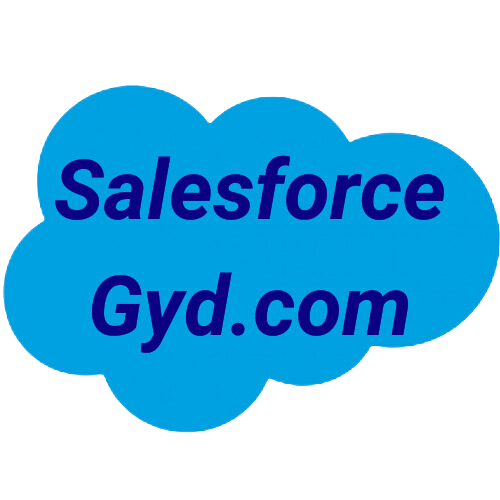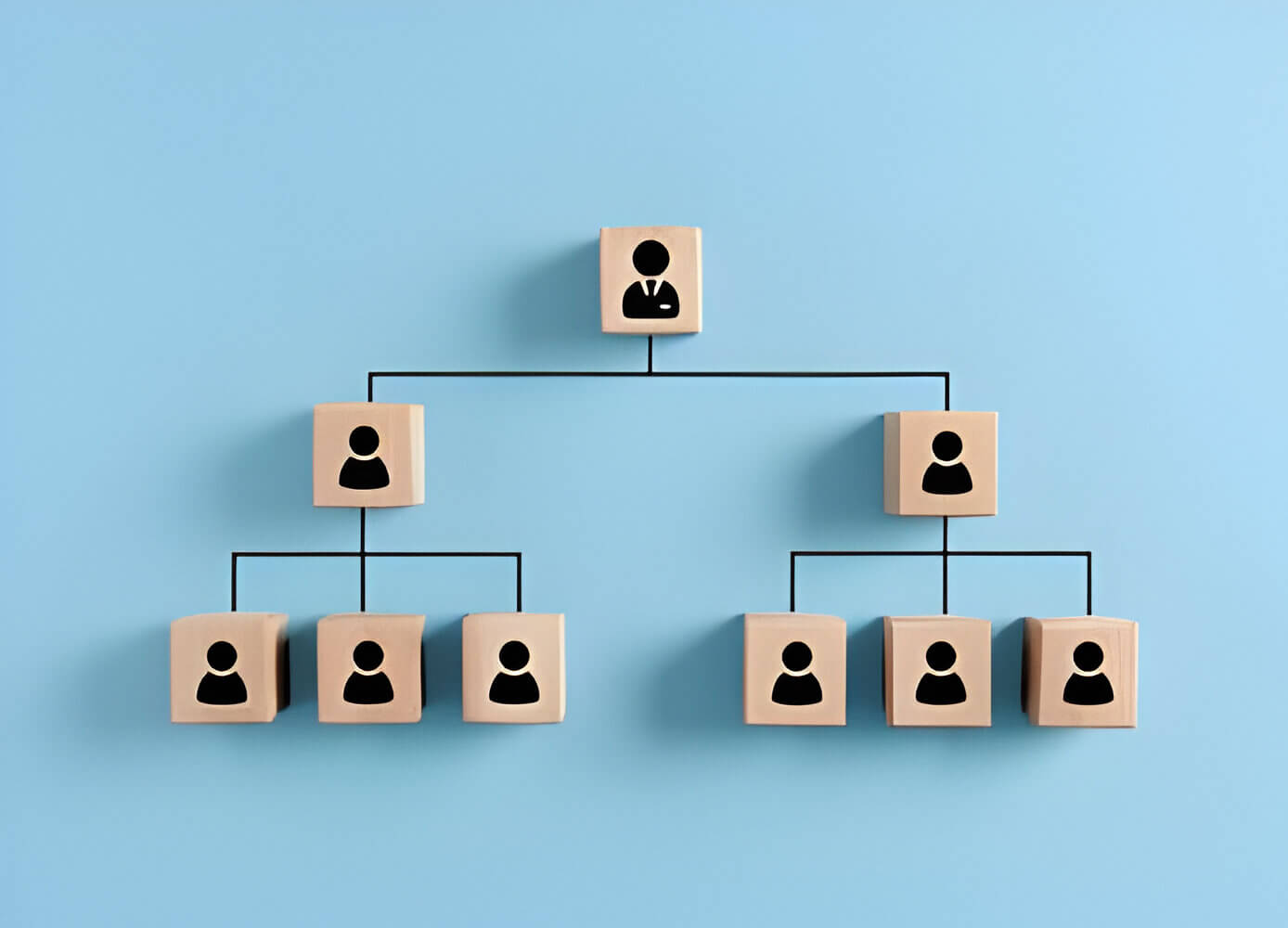When navigating the security landscape of Salesforce, understanding the difference between a role and a profile is crucial. Profiles outline the “what” of user permissions—the objects, fields, and data a user can access—while roles define the “how,” determining the hierarchy of data visibility within the organization.
This distinction forms the bedrock of Salesforce’s access management system, ensuring that users have the necessary tools and information without compromising security. Dive into the nuanced world of Salesforce as we demystify the roles and profiles that govern user access.
Contents
- 1 What are Roles and Profiles in Salesforce?
- 2 Why are Roles and Profiles Important in Salesforce?
- 3 What are the Main Differences Between Roles and Profiles in Salesforce?
- 4 How Do Profiles and Roles Work Together?
- 5 Can a User Have Multiple Profiles or Roles?
- 6 How to Choose Between Role and Profile When Setting Up User Permissions?
What are Roles and Profiles in Salesforce?
In the dynamic world of Salesforce, roles and profiles are central to the architecture of user permissions and access controls. They are the backbone of security and determine what a user can view and do within the Salesforce environment.
Roles: Defining Record-Level Access
A role in Salesforce is primarily focused on record-level access. It dictates which records a user can view or edit, based on their position in the Role Hierarchy. The hierarchy works much like an organizational chart: users at higher levels get access to records owned by users below them in the hierarchy. This system enables seamless collaboration and maintains data integrity by ensuring that users only have access to the records relevant to their role.
Profiles: Gatekeepers of Settings and Permissions
On the flip side, profiles in Salesforce pertain to the comprehensive settings and permissions for a user. Think of a profile as a collection of settings that define various permissions, such as the ability to create or edit records, what data fields are accessible, and even the layout of pages a user sees.
Profiles control the object-level access, field-level security, page layouts, and available apps. Every user in Salesforce is assigned a profile, and it’s the profile that shapes their experience and interactions within the platform by allowing or restricting access to features and data.
Why are Roles and Profiles Important in Salesforce?
Understanding and correctly implementing roles and profiles in Salesforce is critical, especially when it comes to user management. Effective user management can significantly enhance productivity, as it ensures that all users have the access necessary to perform their jobs efficiently and effectively.
Security and Sensitivity
At its core, Salesforce is a data-centric platform, and much of that data is sensitive. Roles and profiles together form a comprehensive security model to safeguard this precious data. By fine-tuning access with roles and profiles, organizations can prevent data breaches and ensure that information is only accessible to the right people.
Efficiency and Empowerment
But it’s not just about security. It’s also about empowerment. When users have the access appropriate for their roles, they can serve customers better, close deals faster, and collaborate more effectively—all without stumbling over access barriers or drowning in irrelevant data.
Fine-Tuned Access Control
By leveraging roles and profiles, Salesforce admins can manage user permissions with precision. They are able to align users’ access rights with the organization’s data privacy regulations and business processes, thereby reducing risks and enhancing compliance.
What are the Main Differences Between Roles and Profiles in Salesforce?
Understanding the distinction between roles and profiles in Salesforce is crucial for effective access management and user permissions setup. Despite both being pivotal in user access controls, roles and profiles serve different purposes and function differently. Let’s dissect the 5 main differences between these two key concepts.
1. Access Level Control
Roles: They are primarily designed to control record-level access through Salesforce’s role hierarchy. This means roles determine which records a user can access based on their position in an organizational chart-like structure. Higher-level roles can access records owned by users in lower levels.
Profiles: In contrast, profiles manage object-level and field-level access. They dictate the capabilities a user has within the system, such as which objects and fields a user can view or edit. Profiles encompass permissions that control page layouts, field-level security, and even the apps a user can access.
2. Customization and Flexibility
Roles: Roles offer a linear, hierarchical structure that reflects the organizational chart. They provide a straightforward way to manage data visibility across different levels of the organization but are less flexible when it comes to customization for individual users.
Profiles: Profiles are highly customizable. They allow for a granular level of control over user permissions and can be tailored to meet the specific needs of different users or groups within the organization. This includes customizing the user interface and granting specific data access rights.
3. Inheritance
Roles: Roles follow a hierarchical model, where permissions are inherited downward. Users inherit the access rights of roles above them, allowing for broader data visibility at higher levels.
Profiles: Profiles do not follow an inheritance model. Each profile is assigned individually to users, and the permissions within those profiles apply solely to those users without any inheritance.
4. Primary Function
Roles: The primary function of roles is to manage data visibility and sharing across the organization. It’s about determining who gets to see what within the organization’s data structure.
Profiles: Profiles’ primary function is to control the user’s interaction with the Salesforce platform. This covers everything from what they can do (like creating or editing records) to what they can see (like which fields and objects are visible or accessible).
5. Multiple Assignments
Roles: Users can be assigned to only one role at a time within the Salesforce role hierarchy, which aligns with their position in the organizational structure.
Profiles: A user has one primary profile that defines their base level of access to the platform. However, to extend or adjust access, Salesforce administrators can utilize permission sets, which offer another layer of access control working alongside profiles.
Below table provides a clear differentiation between roles and profiles in Salesforce, highlighting their unique functions and uses within the ecosystem of Salesforce access management.
| Feature | Roles in Salesforce | Profiles in Salesforce |
|---|---|---|
| Primary Function | Define data visibility and access within the organization’s hierarchy. | Determine the baseline access to objects, fields, and application features. |
| Access Control | Control which records a user can view and edit based on their role in the hierarchy. | Control what a user can do on the platform, such as create, read, edit, and delete operations. |
| Level of Granularity | More granular within the context of record ownership and sharing. | Broader, affecting overall access to functionalities and system permissions. |
| Hierarchy | A role hierarchy resembles an org chart that cascades access down through the organization. | Profiles do not inherently include a hierarchy; they apply permissions at the user or group level. |
| Record Sharing | Roles are primarily concerned with sharing records according to the organization’s reporting structure. | Profiles do not directly dictate record sharing but rather enable the tools to work with data. |
| User Assignment | Each user can have one role, but can also have a role not assigned providing default record access. | Users are assigned one profile that establishes their minimum permissions and access rights. |
| Adjusting Permissions | Adjusting a user’s role can refine their access to other users’ records without altering their basic permissions. | Adjusting a profile can change the types of records a user can access and what actions they can perform. |
| Singular or Multiple | Users can only have one role at a time within the role hierarchy. | Users can only have one profile at a time, but they can have multiple permission sets to extend their profile’s capabilities. |
| Use Cases | Ideal for controlling data visibility and ensuring appropriate access within the organizational reporting structure. | Ideal for setting the baseline access for different types of users according to their functional role. |
How Do Profiles and Roles Work Together?
Profiles define the baseline of what a user can do in Salesforce — the types of objects they can access, the fields they’re permitted to view or edit, and the specific functions they can perform, such as running reports or exporting data. Roles, conversely, fine-tune this access by determining the scope of records a user can view or edit within the permissions granted by their profile, primarily influenced by the organization’s hierarchy structure.
The intersection of profiles and roles is where Salesforce’s access management shines, combining the “what” (profiles) and the “who” (roles) of access permissions. This layered approach allows for detailed, nuanced control over user permissions, ensuring that users have the right access to fulfill their job responsibilities without overstepping into sensitive or irrelevant data.
Can a User Have Multiple Profiles or Roles?
In Salesforce, each user is assigned a single profile which defines their permissions within the system. Meanwhile, a user can have one role assigned to them, but the role can be part of a larger hierarchical structure that influences record visibility across the organization.
Note:
- While users cannot have multiple profiles directly, administrators can enhance their permissions beyond their profile settings using Permission Sets. These sets can grant additional permissions without altering the base profile, effectively circumventing the one-profile limit per user.
- Similarly, Sharing Rules and Teams can extend a user’s access beyond the limitations of their role in the hierarchy, allowing for more flexible data visibility and collaboration across the organization.
How to Choose Between Role and Profile When Setting Up User Permissions?
Choosing between a role and a profile—or determining the blend of both—depends on the specific access requirements for a user. Here are some guidelines:
- Consider a Profile when: defining the foundational level of access a user should have, including which objects and fields they can see or interact with, and general system permissions.
- Opt for a Role to: refine this access based on the organization’s hierarchy, especially to control which records are visible to a user within the scope their profile permits.
Case Scenarios:
- Profile priority: For a new marketing user needing access to campaigns, leads, and reports, but no need for cross-departmental visibility, focus on configuring a profile with these permissions.
- Role priority: For a regional sales manager who should see all deal records under their jurisdiction, their role (and its place in the hierarchy) is the key to setting proper visibility, assuming their profile already permits access to deal records.
Conclusion
Grasping the fundamental differences between profiles and roles in Salesforce is essential for any administrator looking to effectively manage user access and safeguard data. While a profile sets the baseline for user capabilities, a role dictates the organizational scope of data visibility. The interplay between these functions allows for a flexible yet secure access structure that can meet complex business needs.

